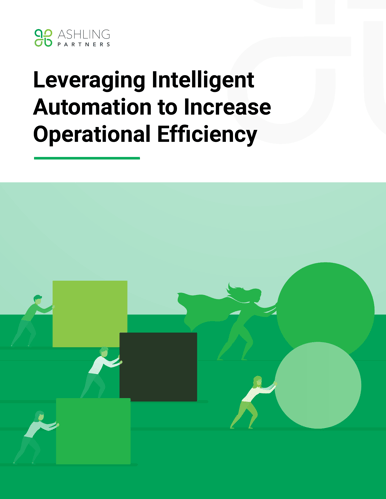Doing More with Less: Tight Labor Markets Meet Strong Goods and Services Demand
In most cases, operational efficiency means doing more with less. That’s a familiar goal for modern businesses as they struggle to find employees while demand for products and services increases.
These concerns are impacting every industry. An analysis of labor demand based on the Job Openings and Labor Turnover Survey (JOLTS) found that there were more than 11 million job openings as of April 2022. Experts say the labor market is still “very tight.”
The Institute for Supply Management increased its Manufacturing PMI® to 56.1 percent in May. PMI percentages over 50 signal manufacturing expansion. The Services PMI® was 55.9 percent, indicating growth. Finally, the Hospital PMI® hit 56.9 percent in May, making it the 24th consecutive month for increased economic activity in healthcare.
The concept of supply and demand is hundreds of years old and still very relevant. What can operations executives and leaders do to stay afloat and profitable? One key way is by integrating technology that enables faster processes and removes human intervention.
Operational Efficiency Expels Waste
Operational efficiency also focuses on removing waste from workflows. That means wasted time, money, people, and resources. When you streamline and standardize these workflows, you can minimize waste. As a result, productivity can improve, and costs can decline.
Identify and Eliminate Redundancies
Operational efficiency allows you to identify and reduce redundancy. A lack of structured processes often leads to redundancies and impedes efficiency. When you audit a process, which is a key step in operational efficiency, you can identify these redundancies and barriers and remove them.
If you think you can’t possibly have redundancies, an audit will show you the reality versus the perception. Redundancy occurs in both small and large enterprises. Often, they can be hidden because they have different names or tasks but ultimately provide the same result. Rooting these out offers greater transparency.
Designing an Operational Efficiency Strategy Must Include Value Creation
Implementing automation into your processes will drive value creation. This may be the most important thing to remember when developing a plan to address inefficiencies.
All the outcomes above discuss the actual processes. When these processes are more standardized, consistent, and redundant-free, you create value where before there was only cost.
Next, we’ll look at the benefits of operational efficiency.

